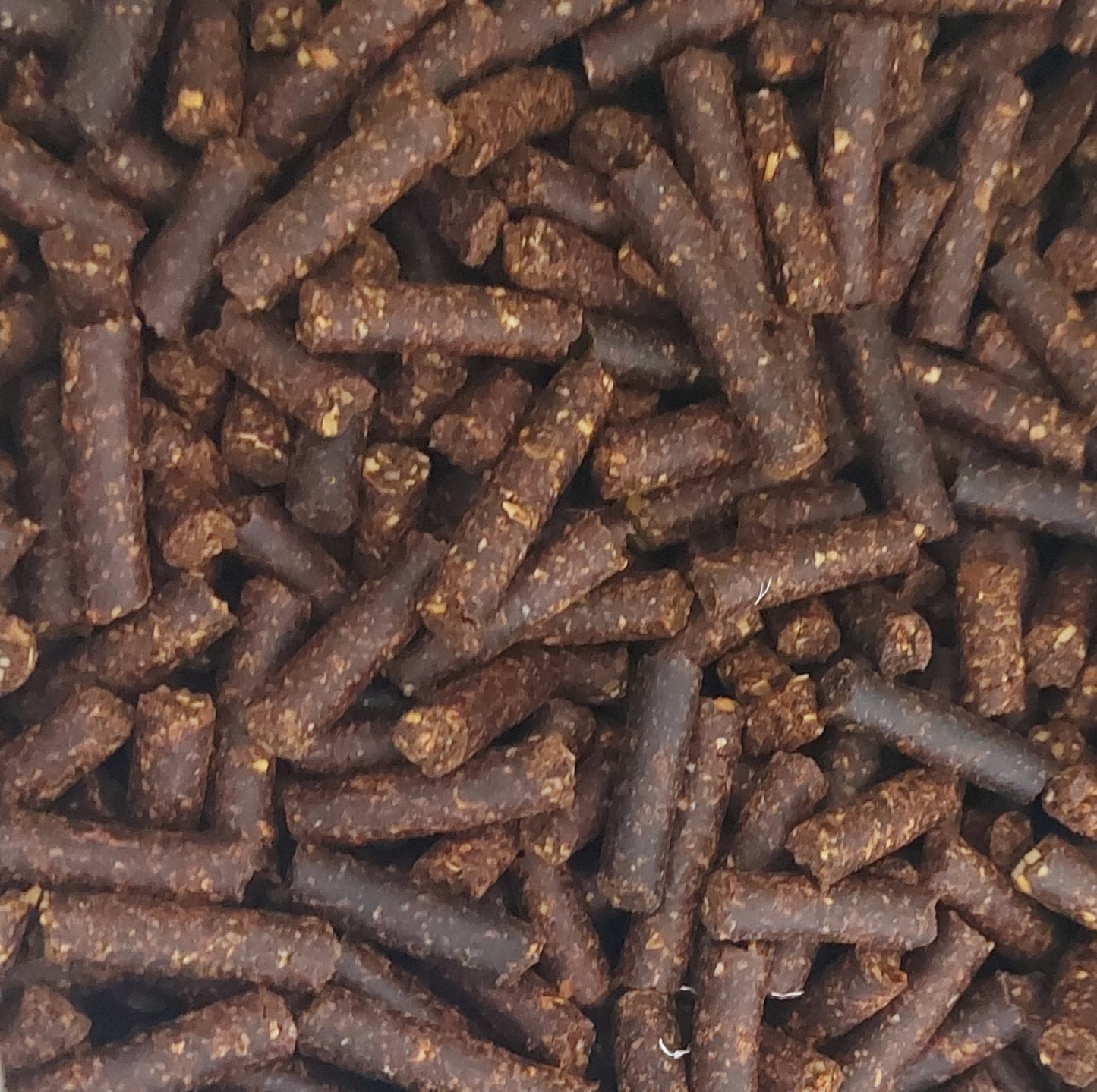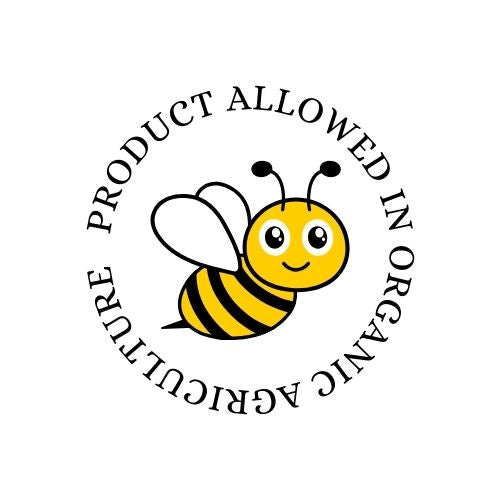MARCH IN THE GARDEN AND ORCHARD
Tomatoes
Precipitation this month is distributed similarly to February: in mountainous areas, up to 130 liters per square meter can fall, in lowland areas about 50 l/m², and on the Coast about 85 l/m². The average daily soil temperature at a depth of 10 cm should be from 7°C to 9°C. This means that in March, in all our regions, conditions for outdoor work are mostly favorable. In areas without snow in winter, gardens should already be completely cleared by the beginning of March, and flower and vegetable beds prepared for sowing. In the continental part, conditions for work in our gardens often are not very favorable in February, but by the beginning of March, the soil might still be too wet. But as soon as possible, it is necessary to start work in the garden. Collect all plant residues from the vegetable garden and stack them in compost. Take mature compost out of the container and use it for top-dressing the vegetable garden, orchard, flower garden, and decorative shrubbery.
Precipitation this month is distributed similarly to February: in mountainous areas, up to 130 liters per square meter can fall, in lowland areas about 50 l/m², and on the Coast about 85 l/m². The average daily soil temperature at a depth of 10 cm should be from 7°C to 9°C. This means that in March, in all our regions, conditions for outdoor work are mostly favorable. In areas without snow in winter, gardens should already be completely cleared by the beginning of March, and flower and vegetable beds prepared for sowing. In the continental part, conditions for work in our gardens often are not very favorable in February, but by the beginning of March, the soil might still be too wet. But as soon as possible, it is necessary to start work in the garden. Collect all plant residues from the vegetable garden and stack them in compost. Take mature compost out of the container and use it for top-dressing the vegetable garden, orchard, flower garden, and decorative shrubbery.

What to harvest and what to sow?
Harvest carrots, parsley, parsnip, celery, chard, lettuce, endive, radicchio, spinach, broccoli, winter cabbage, Chinese cabbage, kale, Brussels sprouts, cauliflower, spring onions, asparagus, and onions, and in northern areas also leeks, horseradish, and lamb's lettuce.

Tomato Seedlings
Prepare empty beds in the vegetable garden for sowing and as soon as possible directly sow carrots, parsley, parsnip, radish, radishes, spinach, lettuce, chard, beetroot, peas, and broad beans, and plant onions, garlic, rhubarb, asparagus, horseradish, and garlic. In the coastal area, plant spring cabbage and kale, lettuce, asparagus, and artichoke, then water the planted seedlings.
Lettuce
When shaping the beds in the vegetable garden, keep in mind that plants make the best use of sunlight if the beds stretch from north to south. Their width depends on the shape of the vegetable garden, but 120 cm is considered most favorable as it best utilizes the available space.
Spinach, Onion
If you did not prepare a seedbed in February, now fill it with material and seedling soil, then sow early cabbage, kale, cauliflower, kohlrabi, and celery, lettuce, tomato, pepper, and eggplant into it or into containers placed on well-lit window sills in the house. Regularly water and ventilate the seedlings you are growing in a protected space during March. On cold nights, cover the seedbed with straw mats or cardboard. In the coastal area, twenty days after sowing, when the first leaves develop well on the stems, prick out the tomato, pepper, eggplant, and celery seedlings, and fertilize and hoe the winter vegetables.
Pests in the Garden in March
In March, many pests can appear in the garden, although their presence depends on climatic conditions and the region. In spring, they become active in search of food and suitable habitats for reproduction.
Here are some common pests to be on the lookout for in March:
Slugs: In spring, slugs can damage young shoots and leaves of plants. You can use various methods to combat slugs, such as slug traps, sawdust trenches, or Neem cake, which works preventively.
Aphids: Aphids often appear in spring and rapidly reproduce on young plants. Regularly inspect plants and use natural control methods, such as spraying with a Neem oil solution.
Voles: Voles are underground rodents known for their digging tunnels and can damage gardens, especially the roots and tubers of various plants. Already in February and March, voles begin their activity after winter dormancy (which often does not occur lately), so there is a great chance of their appearance in ornamental flower beds and vegetable gardens early in spring. To prevent vole attacks in the garden, use Neem cake, which repels voles, and not agents that kill and poison other beneficial animals.
Wireworms (Agriotes): How to fight wireworms? Wireworms appear more frequently in overgrown and acidic plots. To get rid of them, it is recommended to correct the pH value of the soil e.g., with Neem cake, because it has the property of naturally regulating the pH value of the soil and reducing soil acidity. Plants such as oilseed rape, buckwheat, marigold, or dahlias are known for their ability to repel wireworms. These can be used in green manuring before planting potatoes, for example, oilseed rape and buckwheat. Marigold can be sown directly next to the potato beds or other vegetables that wireworms often attack.

The Importance of Neem Cake in Relation to Plant Root Protection
NEEM CAKE contains salanin, nimbin, azadirachtin, meliantriol, and azadiradione as main components.
NEEM CAKE protects plant roots from nematodes, larvae, and termites due to the content of limonoid residues and also acts as a natural fertilizer with pesticidal properties.
NEEM CAKE prevents the occurrence of pests in the soil, such as wireworms, beetles, slugs, common beetle, potato beetle, fly larvae (olive, garlic/onion, cherry, walnut, and others).
Fruit Trees
Fruit trees should be fertilized and hoed in March, and weeds removed. Also, pruning of fruit trees should be completed, but you can also plant some new fruit seedlings.
Ornamental Plants
In the ornamental part of the garden, where bergenias, daffodils, forsythias, Japanese quinces, and other ornamental plants bloom in March, beautifying our courtyards, it is time to plant ornamental shrubs and trees. If you haven't done so before they start growing again, prune deciduous shrubbery that blooms after mid-May. Shrubbery that blooms early in spring, prune after flowering. Arrange flower beds with perennials, clean them, rake, fertilize with compost, thin out and divide overgrown and sprawling plants, and transplant them to empty parts of the flower beds. Also, you can plant new perennials if you have acquired a species that is not yet in your garden. When the soil in the garden dries, rake leaves in the orchard, level molehills, and rake the lawn, then fertilize.
When the grass grows, mow the lawn for the first time.
The rest period for houseplants and plants on balconies and terraces that winter in the house is coming to an end, so you can start watering and fertilizing them more abundantly and frequently. Rotate leafy houseplants by 45º every week so that the stem and leaves do not always lean towards the same side in search of light.
Plants whose roots look through the holes at the bottom of the pot, transplant into a larger pot.
For large plants - dieffenbachias, avocado, ficuses, lemons, and similar, which you no longer transplant, replace part of the soil in the pot with fresh substrate.
With small house rakes (if you do not have one, an old grandmother's fork will also do well) - loosen the soil in the pots, plants growing in rooms with dry air, occasionally spray with stale water.
If you are buying flowering ornamental plants: cinerarias, cyclamens, kalanchoes, and similar, choose those that are not covered with moss and have just started to bloom, so they will bring the breath of spring into the house for as long as possible.









